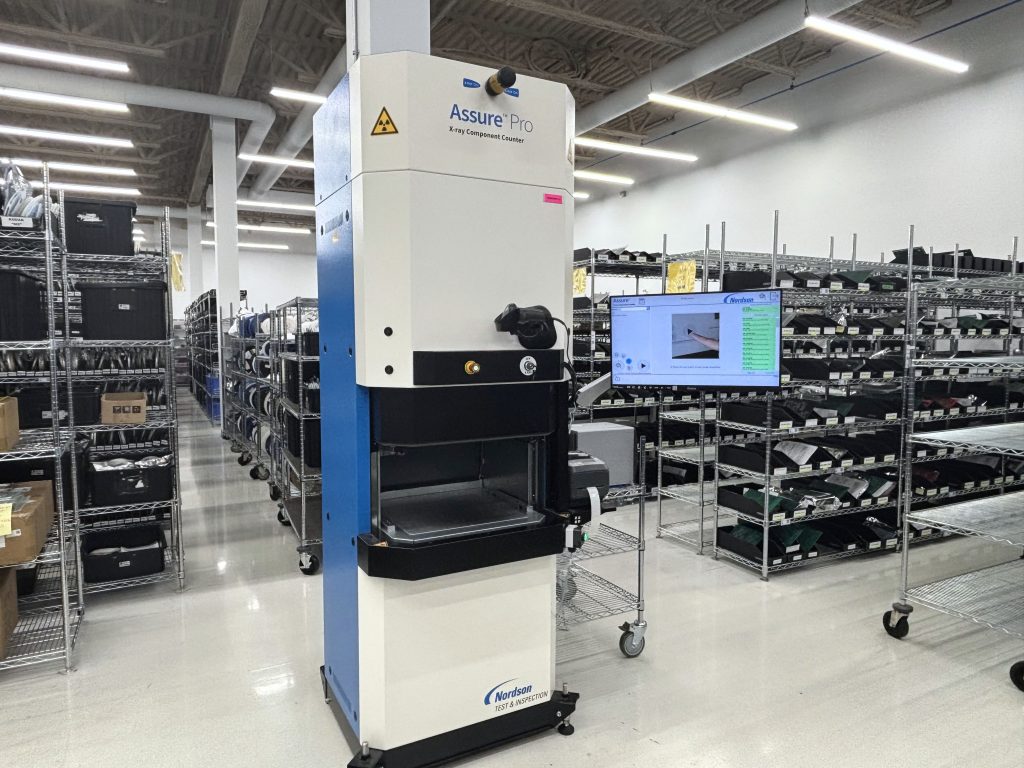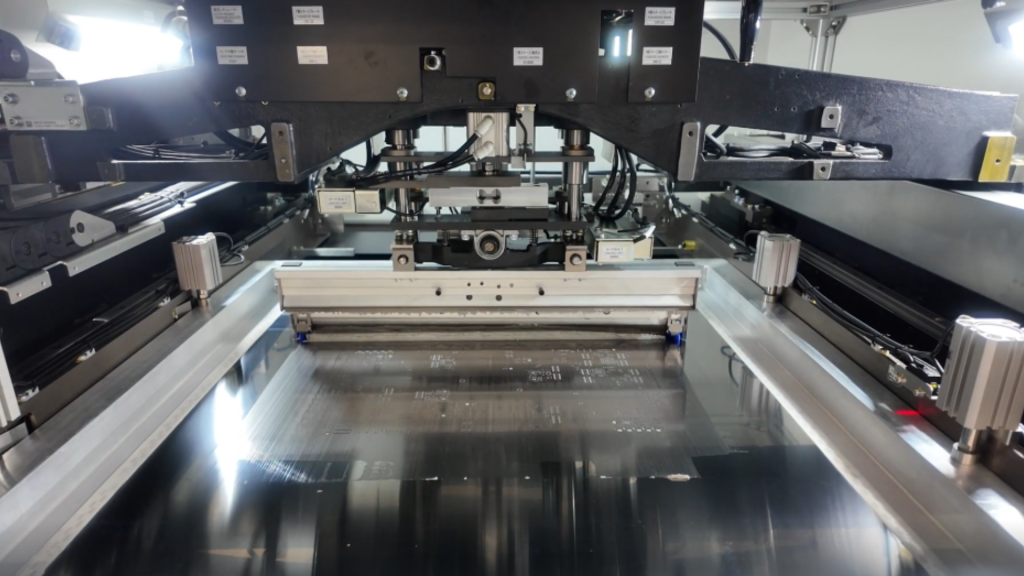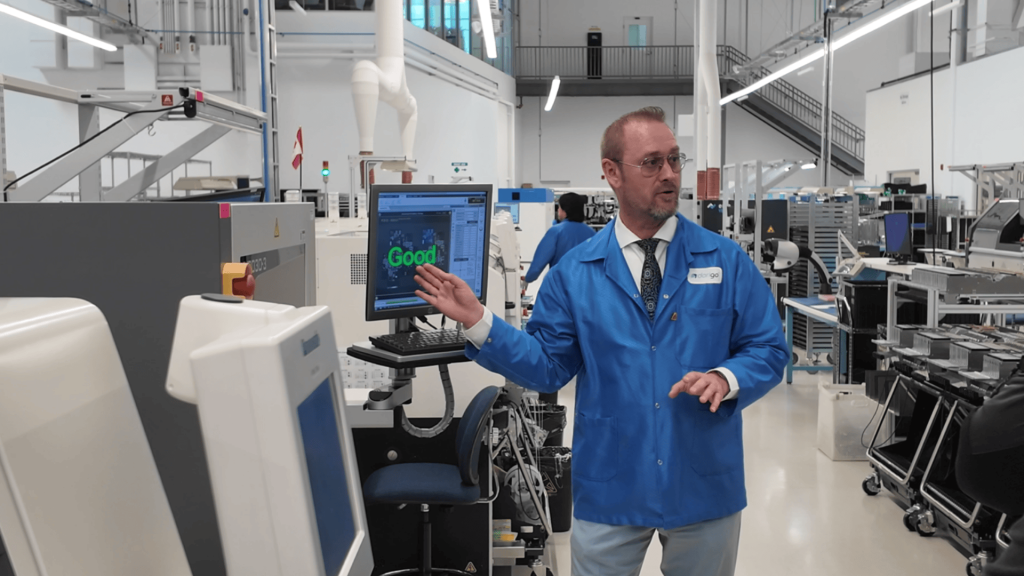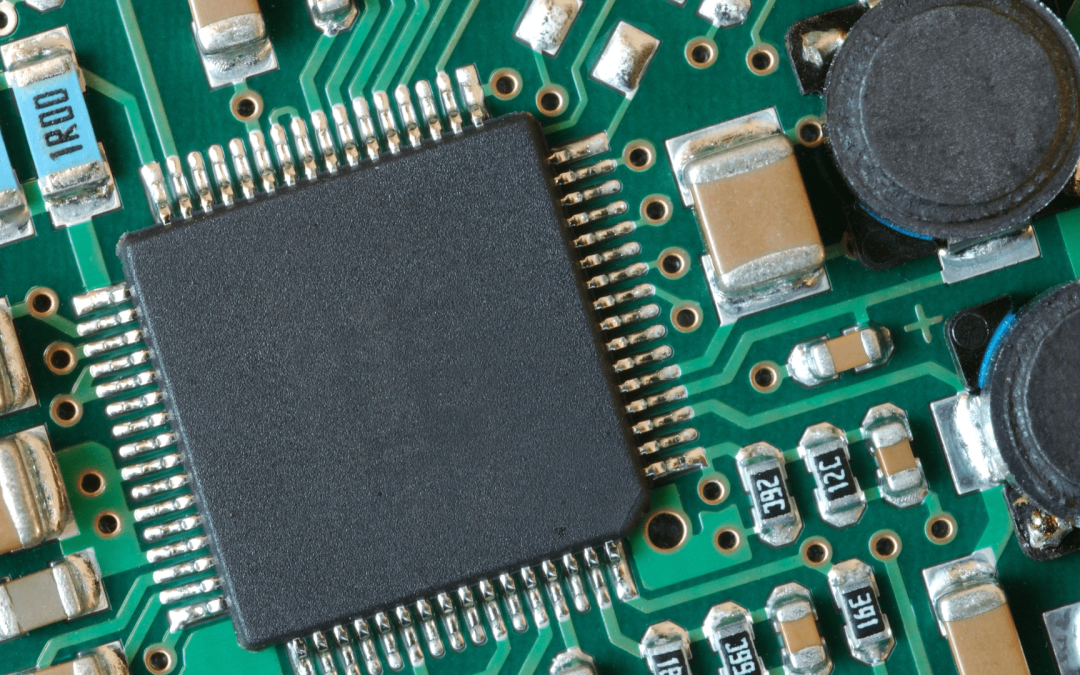When people think about PCBs, they often picture a green board with copper traces, chips, and connectors, like the kind you’d see inside a computer or graphics card. What they rarely see is the process that turns bare circuit boards into reliable, high-performance assemblies.
This is the first of a two-part series. In this post, we’ll look at the steps that happen before assembly begins, often unseen, but essential to ensuring everything runs smoothly.
Design for Manufacturing (DFM) Review
Assembly quality begins long before the first component touches the board. That’s why every project starts with a DFM review carried out by our engineering team. DFM is the process of evaluating the PCB design to ensure it can be efficiently and reliably manufactured.

Catching issues early in DFM reviews prevents costly rework later on.
During the review, engineers assess component spacing and orientation, panelization, test point accessibility, solder mask design, and material compatibility. This helps anticipate potential assembly issues such as thermal stress, solder bridging, or difficulty in inspection. By identifying these concerns early, DFM reduces the risk of costly rework and ensures that the board can be produced correctly the first time.
A good DFM review is a collaborative process between the designer and the manufacturer, aligning the technical requirements of the product with the capabilities of the production line.
Counting and Preparing Components
Before a PCB can be assembled, every part that will go onto it must be accurately counted and verified. Even a minor miscount or incorrect component can halt production, create shortages, or introduce defects that affect the entire board.
We use the Assure Component Counter by Nordson to validate every reel, tray, or stick of components before it reaches the SMT line. This automated system checks quantities, orientation, and lot numbers, ensuring that all components match the production plan. By catching discrepancies early, we prevent common issues such as missing parts, misfeeds, or incorrect substitutions, which could otherwise delay production and increase costs.

Component Counting Automation Ensures Accuracy and Traceability.
Accurate component verification is also essential for traceability and regulatory compliance. In industries like medical devices, aerospace, and industrial automation, every component must be documented with batch and lot numbers. The automated counting process captures this data in real time, reducing human error and simplifying audits. By automating and carefully validating the component stage, the assembly process begins on a solid foundation minimizing risk, improving yield, and keeping production on schedule.
Solder Paste Application and Optical Inspection
With components prepared and verified, the first true step of assembly begins: applying solder paste to the bare PCB. This process involves pressing a thin layer of solder paste through a stencil so that microscopic deposits land precisely on each copper pad where a component will sit. It sounds simple, but in reality, it’s one of the most delicate and error-prone stages in the entire manufacturing flow.

Screen Printing Is The Most Delicate Step Where Most Defects Originate.
Industry studies consistently show that 60 to 80 percent of PCB assembly defects originate in solder paste printing. Too much paste, too little paste, or slight misalignment can cause bridging, opens, or unreliable solder joints that may only reveal themselves during testing or in the field. For this reason, stencil printing is treated as a critical control point rather than a routine task.
Immediately after application, boards are inspected using the Koh Young KY8030-3 3D solder paste inspection system. This automated system scans the solder deposits in three dimensions to monitor paste height, volume, and alignment, detecting insufficient deposits, smears, or misalignments that could compromise downstream processes. By catching these issues before the board enters the pick-and-place line, we dramatically reduce the likelihood of rework, wasted materials, and production delays.

3D Optical Inspection Safeguards Quality Before SMT Placement Begins.
Solder paste application may happen early in the process, but its impact extends all the way through final testing. Reliable paste deposition sets the foundation for every subsequent step. If this stage is done right, the chances of achieving a high first pass yield increase significantly.
Dorigo Systems Advantage
DFM review, component preparation, and precise solder paste application may not look as flashy as high-speed pick-and-place machines, but they form the backbone of a successful assembly process. By focusing on these critical early stages, Dorigo Systems ensures fewer defects, higher first-pass yields, and a smoother path to reliable, production-ready assemblies, giving our customers a true competitive advantage.
In Part 2 we’ll move past the preparation stage and dive into SMT assembly, exploring how advanced automation, inspection, and reflow soldering transform prepared boards into fully functional assemblies.

